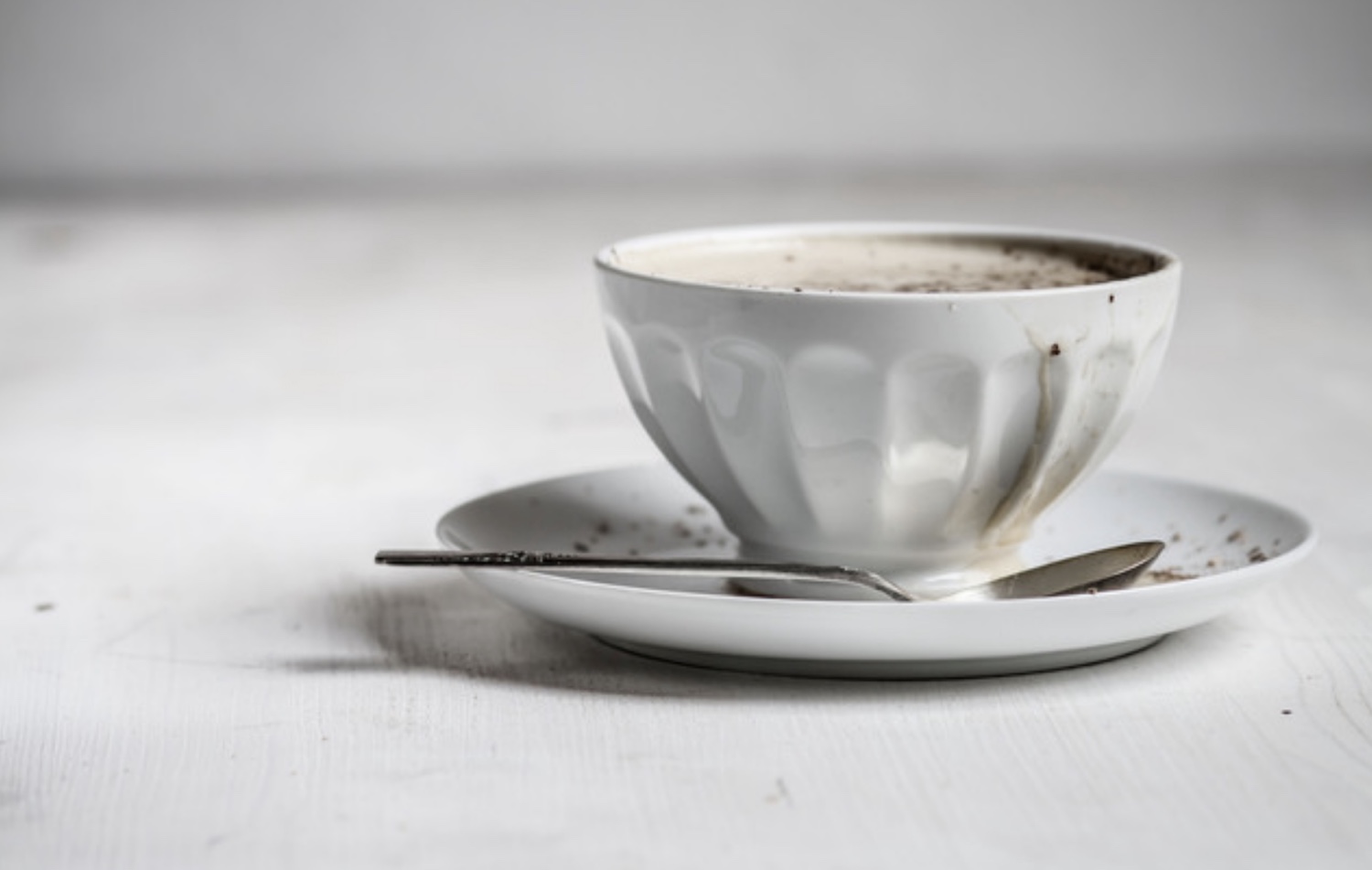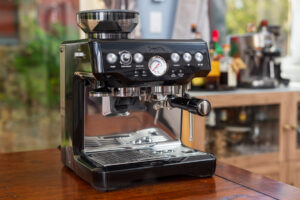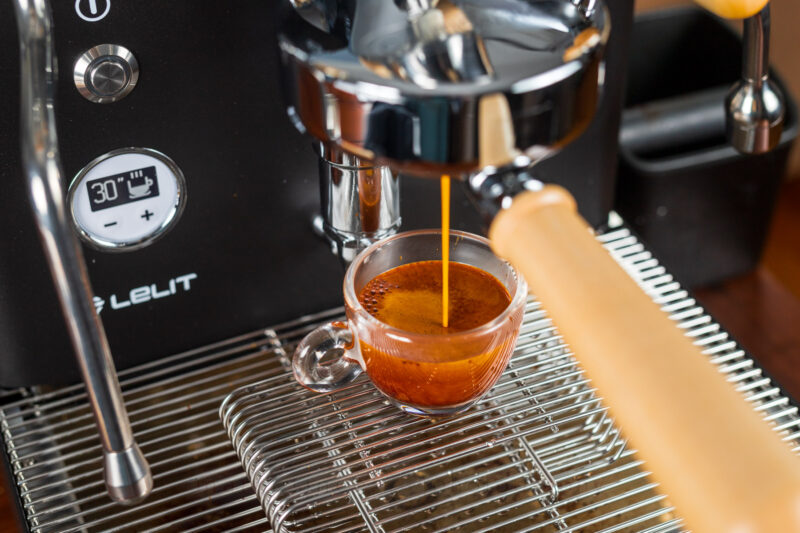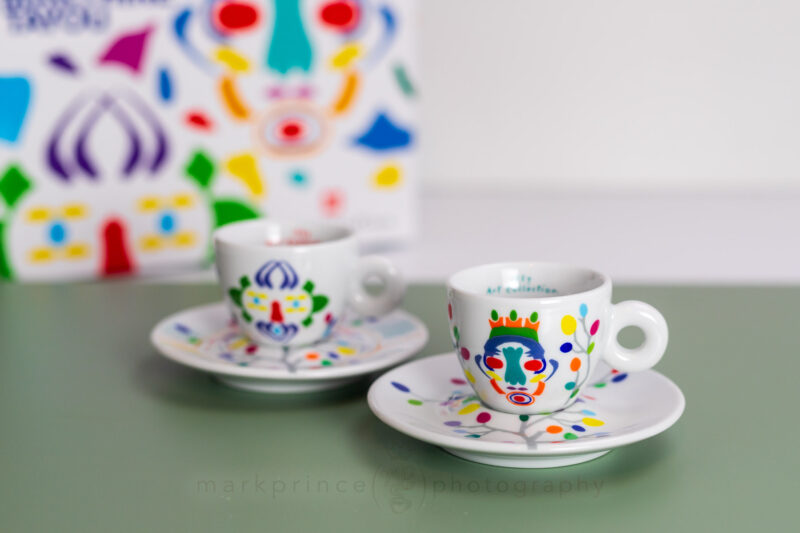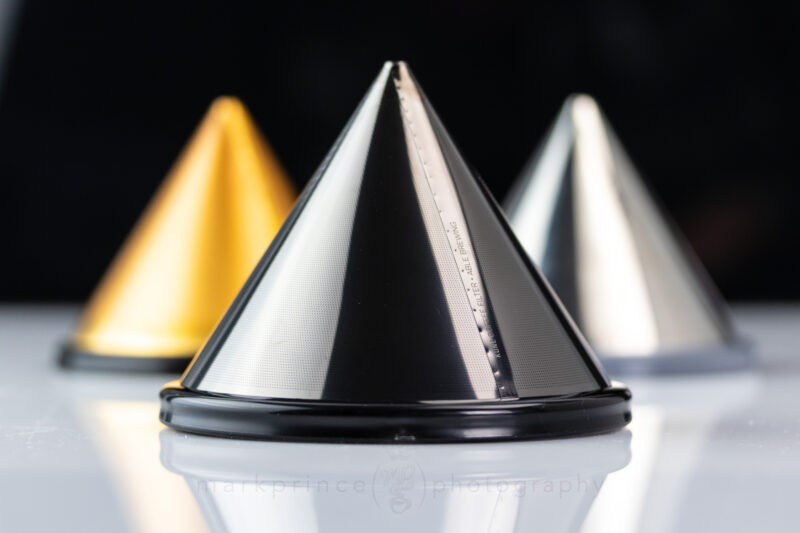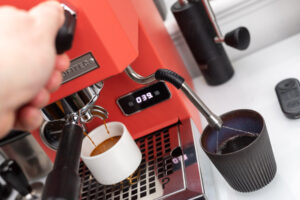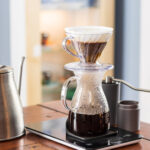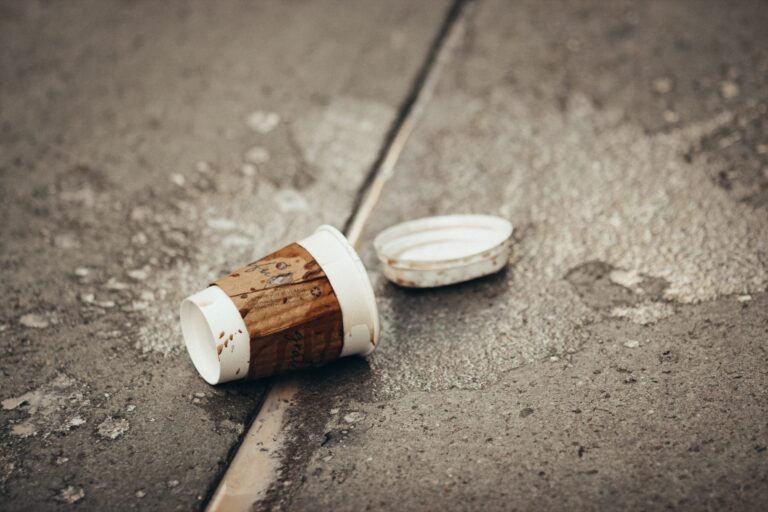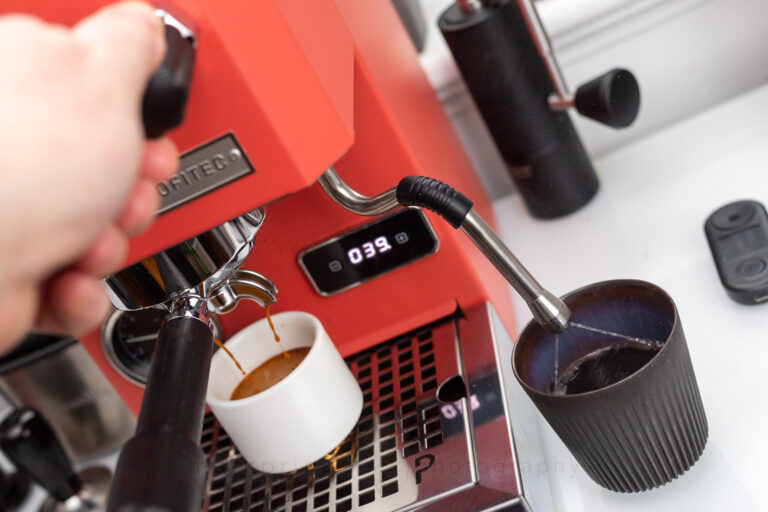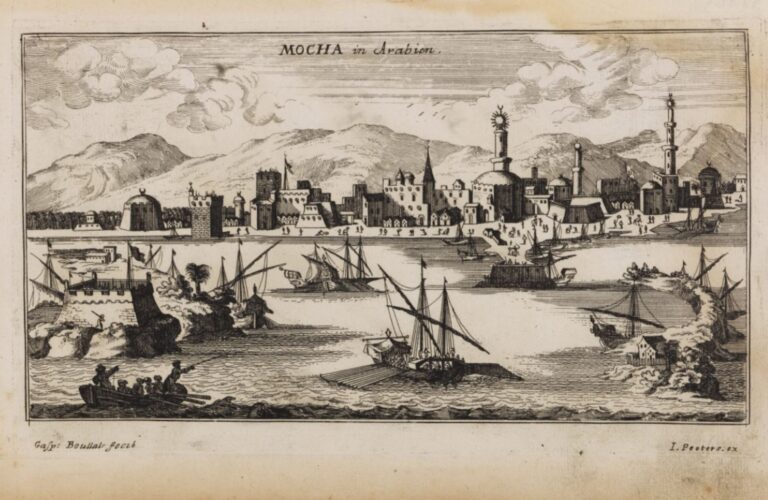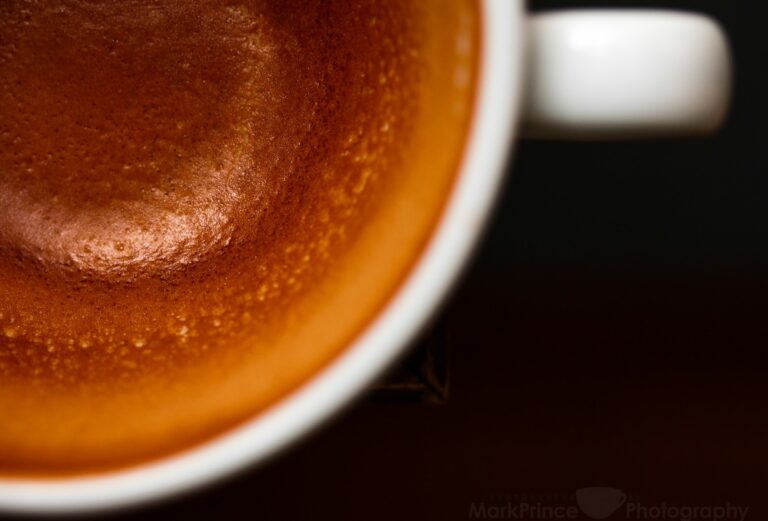I fell in love with coffee because of France. Specifically, travelling through the hostels of France, backpacking and adventuring in those pre smartphone days of the early 2000s.
No matter the hostel I stayed at, the included “breakfast” (if they had one) consisted of some fresh bread, cut fruits, and a bowl of café au lait, usually made with a giant moka pot and milk heated up in a pot on a stove.
For some reason, this breakfast became France for me. And I became a coffee lover because of it. I’ve since moved on to better brewed coffee and espresso, but every once in a while, I’ll use the Gaggia Classic to make a double lungo shot, steam (no frothing) up a bunch of milk, pour it into a bowl and savor it as I transport back to those France adventures of my halcyon days.
I’ve often found myself intrigued by the café au lait and how it originated. The following is part history, but also part creative writing. I warn you right now, not to take it all as gospel, but more a kind of feeling that this is just how the café au lait came to be.
How it Started
The roots of au café lait can be traced back to 18th century Europe, specifically to the cafés of Paris, France. Coffee had arrived in Europe from the Middle East, where the tradition of brewing coffee beans had already taken hold. However, it was the French who elevated this humble beverage by combining it with the luxurious addition of milk.
Let’s just ignore the Viennese citizens who were adding cream to milk a half century earlier, shall we?
Parisiens embraced the taste of coffee after its introduction and coffee shops opened up in the city starting in the 1670s. Voltaire is famous for having consumed 40 cups a day. They also loved the taste of dairy products and had a mature dairy industry by this point, making everything from luxurious cheeses to heavy creams. They loved milk so much, one fellow even figured out how to keep it around longer. It just seemed natural that the two elements came together in the cafés of Paris.
As the popularity of café au lait grew in France, it gradually spread beyond the borders of Europe. During the 18th and 19th centuries, French colonists carried their fondness for the beverage to various corners of the world, including North Africa, the Caribbean, and parts of Southeast Asia.
In these regions, café au lait absorbed the local culinary influences, leading to unique variations of the drink. For instance, in North Africa, café au lait was traditionally prepared with spiced coffee and served in small cups. In New Orleans, a city deeply influenced by French culture, café au lait became an integral part of its culinary identity, often served alongside beignets—a delightful marriage of flavors.
But it was always something very French. Very Parisien. Very morning in Paris.
This influence of the café au lait no doubt led to the addition of steaming wands to the earliest espresso machines coming out of Italy. Being able to steam milk “instantly” for the French breakfast favourite meant the early Italian machine manufacturers had a strong selling point for their machines in France.
In fact, I’d be willing to bet that the caffe latte only came into existence in Italy because the Italians eventually grew to love the Paris-style breakfast beverage themselves. So Starbucks, you can thank your entire existence on the French culinary contribution to the breakfast drink.
The Café au Lait Today
You might very well argue that the US-based latte and the café au lait are identical drinks. I think not.
While espresso machines have aided and boosted the process, the traditional café au lait in France is still made with moka pots, and still made with milk heated on the stove. If your latte starts with a double lungo off your espresso machine (we’re talking 4-5oz of expresso brewed from a double shot) and you make sure absolutely no milk foam makes into the drink, then that is pretty close to the traditional cafe au lait. If it has foam, and a standard 1oz (or 2oz double) shot of espresso, it’s a latte.
The serving vessel is crucial too. Café au lait is traditionally served in a scalloped, handleless bowl, like the one in this article’s lead image. It’s basically the dairy portion of a French “continental” breakfast. Think cereal, but without the cereal in it. You get your “cereal” from the fresh baguette you munch alongside this beverage.
My How To
I know CoffeeGeek already has a guide on the café au lait, but this is my own recipe, heavily based on the ones I remember from Paris. It is based on 2 parts milk to 1 part moka pot coffee.
Equipment:
- Stovetop moka pot, 4 cup minimum size
- Small pot for milk
- Scalloped bowl
Steps:
- Grind your coffee fresh for a moka pot grind, which is halfway between an espresso grind and AeroPress grind. Grind 1 tablespoon per “cup” brewed.
- Load up your moka pot, assemble,and place on the stove at a medium heat.
- While the moka pot is brewing, add about 4oz of milk per “cup” brewed in the moka pot, to a small pot, and place on the stove.
- Heat the milk with medium heat, stirring frequently. Do not let it boil; you want to remove the milk just before it develops that “whey” smell from overheated milk. Temperature should be 160F max.
- Add the milk to scalloped bowls, 4oz per “cup” of moka pot coffee you plan to add.
- Pour your brewed moka pot coffee to the bowls, in equal amounts.
- Enjoy with some fresh cut fruits and a fresh baguette of bread and some butter!
Allison's day job is highly sought after dog groomer, which encapsulates one of her three loves: dogs. Her other two loves: writing and coffee, are what brought her to the CoffeeGeek writing team. An unabashed V60 fan, Allison also explores Portland's cafe scene with gusto, often taking Max, her border collie with her.
-
Allison Gaineyhttps://coffeegeek.com/author/allison-gainey/April 2, 2024
-
Allison Gaineyhttps://coffeegeek.com/author/allison-gainey/March 21, 2024
-
Allison Gaineyhttps://coffeegeek.com/author/allison-gainey/January 10, 2024
-
Allison Gaineyhttps://coffeegeek.com/author/allison-gainey/November 24, 2023

